
English Instructional Plan – Professional Writing in the Workplace
- Subject:
- English
- Writing
- Material Type:
- Lesson Plan
- Author:
- VDOE Project Team
- Date Added:
- 04/22/2022

English Instructional Plan – Professional Writing in the Workplace

In this lesson, students will be using computer science skills such as project timeline development and media creation to create a commercial for many bad idea inventions provided. Students will be tasked with advertising their product to the class and creating a project storyboard, script, and final recorded video! They will be analyzing existing commercials for the persuasion technique used and will pick a persuasive technique to incorporate into their video.
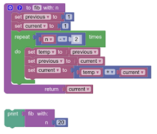
Rhyming Words Coding is a cross-curricular lesson designed by an Elementary Computer Resource Teacher to support Math instruction. Created By: Amanda Henley Powhatan County Public Schools..

English Instructional Plan – Provoking Change Through Text

Foundations of Reading CLLD2.1- Paying attention to print as meaningful Tracking words in text by pointing.
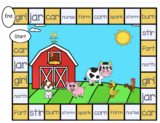
The teacher will put you in groups. Students will each get a game piece and a dice. You will take turns rolling the dice. When you land on a word, you will read that word and say it in a sentence. First one to get to the end, wins!

A very short but very important note on how VBCPS teachers, administrators, and other instructional staff are able to access to #GoOpenVA.
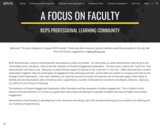
This is the professional learning community web pages for Radford City schools. For those venturing into virtual and hybrid learning, you'll find the Tech Tips, Resources for Virtual Learning (links), and (under the MORE Tab) Google and Seesaw resources. This is a great place to browse and learn!
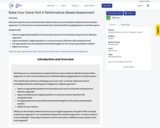
Now that students have researched their topic/social issue and created an effective formal written argument, it’s time for them to demonstrate their rhetorical skills by applying them to another genre! Students will:Select an appropriate platform for the product and use it to articulate and present an effective argumentArgue and defend original position in a succinct manner (brief but still comprehensive) Use appropriate tone and rhetorical devices/strategies for the chosen presentation mediumReflect on choicesClick this link to get a Raise Your Voice! Part II: Performance-Based Assessment Google Doc.

For the following project, students will be engaging in real-world topics research on a topic of their choice and producing an essay or proposal that argues their position on that topic. This is a persuasive paper, not an expository paper. They will need to take a position regarding the position they choose and support it using research.
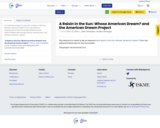
An extension project to pair with A Raisin in the Sun: Whose American Dream? from the National Endowment for the Humanities
Retrieved from https://edsitement.neh.gov/lesson-plans/raisin-sun-whose-american-dream

This guided reading of Edgar Allan Poe’s “The Raven” (1845) focuses on developing student understanding of imagery and other figurative language, strengthening reading comprehension, and strengthening expository and persuasive writing skills.
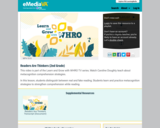
This video is part of the Learn and Grow with WHRO TV series. Watch Caroline Doughty teach about metacognition comprehension strategies.
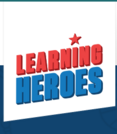
Brief reading comprehension, and vocabulary assessment to determine if child is performing on grade level; brief math assessment to determine if child is performing on grade level; Can also be used as a practice tool
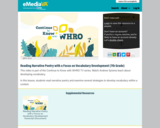
This video is part of the Continue to Know with WHRO TV series. Watch Andrew Sytsma teach about developing vocabulary.

A video sharing the purpose of annotation and different symbols one can use to annotate.
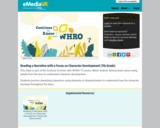
This video is part of the Continue to Know with WHRO TV series. Watch Andrew Sytsma teach about using details from the story to understand character development.

During this lesson, students will learn about some basic input and output devices, and use several of them to communicate with others through the use of systems including video recording or Flipgrid and Google Jamboard. A system is defined as a regularly interacting or interdependent group of items forming a unified whole. In Computer Science, input and output is the communication between an information processing system, such as a computer, and the outside world, such as a human or other information processing system. After students compare and contrast two fiction stories, then they will share their thinking and opinion using input and output devices on the computing system’s processing and networking/communication outlets. Students should become aware that input and output devices are essential components of a computing system and discuss how they enable communication and data processing.

In this lesson students will relate the concept of algorithms back to everyday real-life activities by planting a seed.
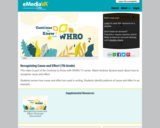
This video is part of the Continue to Know with WHRO TV series. Watch Andrew Sytsma teach about how to recognize cause and effect.